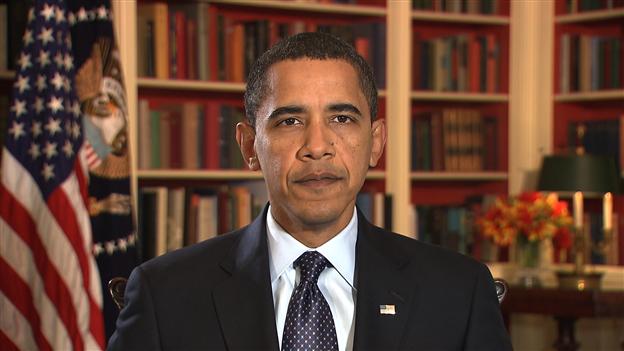While at Netroots Nation a few weeks back, I had the opportunity to listen in on a panel discussing climate change, Texas’ energy future, and energy security featuring Houston Mayor Bill White (you might have also heard he is running for US Senate).
Mayor White gave very measured, political answers. Throughout the panel, never did the words “Cap and Trade” leave his lips, but he did remain skeptical of anyone who claimed to have it all figured out and that their answer would be easy and painless. He also showed legitimate concerns about the impacts of renewable energy mandates done wrong on low-income consumers. As a representative from a consumer advocacy organization, it is refreshing to hear White’s commitment to protecting our most vulnerable even as we chart a new energy future.
Mayor White’s stated goals are to become more energy independent for basic security reasons and to be in control of our energy future. To do so, he maintains that we must reduce our pollution based on sound science, and do so in a way which does not burden low-income households. He proposes three main mechanisms to meet these goals:
- Cut the amount of fuel we use in vehicle travel without impinging on people’s ability to travel freely– specifically by increasing our efficiency per mile traveled.
- Cut the amount of energy consumed in buildings. Why drive up the cost of business by paying for electricity?
- Decrease the amount of power we get from coal and substitute that power with cleaner sources
Despite some skepticism, Mayor White certainly showed that our energy future could have our cake and eat it too, namely through increased efficiency in building codes, fuel efficiency standards for vehicles, and use of cost-effective renewables. See the edited video here:
[vimeo 6300204]
Public Citizen does not and would never endorse candidates. Even if we could, it’s hard to get an exact read on Mayor White and how he would act as the next Senator from Texas on the issue of federal climate policy — so even so we could offer little endorsement other than a candid analysis of his words and his record.
When asked off-camera about how he would vote on the American Clean Energy and Security Act (ACES), the climate bill which passed in the House in June and due up for debate in the Senate over the next 2-3 months, he remained committed to energy efficiency but overall rather vague. White showed skepticism as to large long term goals rather than smaller but gradually increasing cuts in emissions. His version of the bill, he said, would have strong building code mandates, a renewable energy efficiency standard (which is it, Bill?) with a price cap on renewables to protect consumers, and change dispatch priorities to wean the nation off of coal fired power. He did not, however, indicate whether or not he would support implementing a federal cap on carbon dioxide emissions or the cap and trade mechanism.
This is a question likely to come up in the next few months when ACES comes to a Senate vote, and hopefully Mayor White will have a clearer answer prepared when that time comes. But if the final answer is no on ACES, would he have some specific policy solutions about how to improve the bill, or would he just cast the same “no way, never” vote that we’ll likely get from John Cornyn or Kay Bailey Hutchison?
That being said, it is refreshing to hear a candidate speak so fluently about energy policy. Mayor White’s record on energy as Deputy Secretary of Energy stands on its own, as does his impressive work on making Houston a national leader on energy efficiency. We may still be uncertain as to where he stands on ACES, but we certainly know his feelings on energy efficiency both in word and deed – which is nothing to sneeze at.
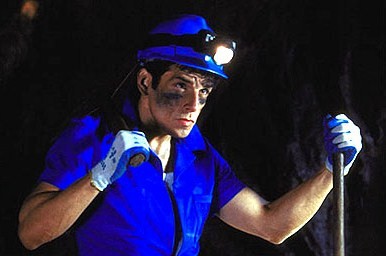

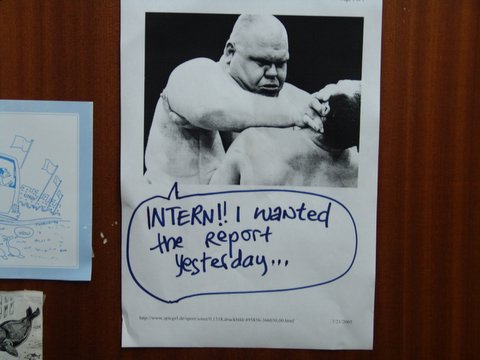 Dear readers: We need fall interns for our Austin office. Think you’ve got what it takes to
Dear readers: We need fall interns for our Austin office. Think you’ve got what it takes to 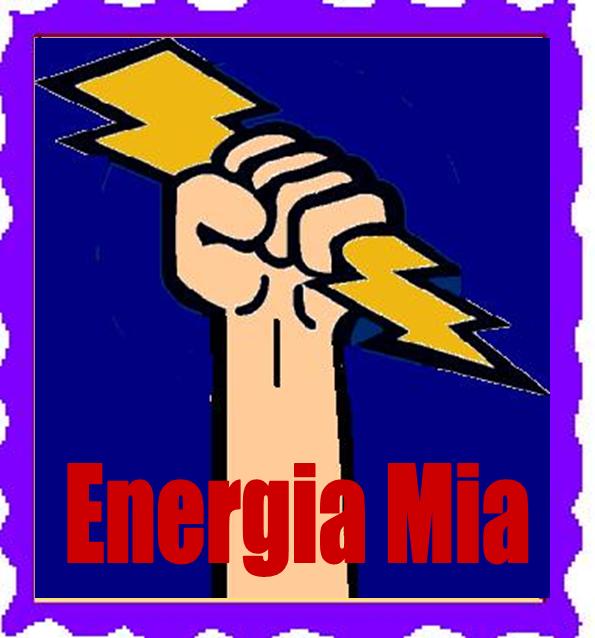 CPS has a meeting today at Firefighters Union Hall (8925-IH10 WEST) from 6:00-8:00 pm. Anyone from District 8 is encouraged to attend and speak for the cause. Each person gets three minutes of talk time and the Local Power/Energia Mia Coalition needs to have its concerns about the South Texas Projects Proposed expansion voiced by as many people as possible. This is especially true of our concerns about the proposed reactors’ heavy water consumption during times of drought (like this one), the proposal’s high cost and the high likelihood of costs over-runs, and the huge financial burden this means for San Antonio ratepayers.
CPS has a meeting today at Firefighters Union Hall (8925-IH10 WEST) from 6:00-8:00 pm. Anyone from District 8 is encouraged to attend and speak for the cause. Each person gets three minutes of talk time and the Local Power/Energia Mia Coalition needs to have its concerns about the South Texas Projects Proposed expansion voiced by as many people as possible. This is especially true of our concerns about the proposed reactors’ heavy water consumption during times of drought (like this one), the proposal’s high cost and the high likelihood of costs over-runs, and the huge financial burden this means for San Antonio ratepayers.
 Since the Austin American Statesman published a couple of
Since the Austin American Statesman published a couple of 
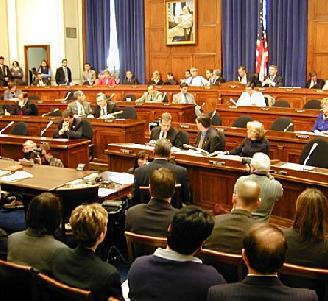 Last week we saw the Waxman Markey bill go to the Energy and Commerce committee. Watching the markup process increased my interest in the role special interest money plays in the political process.
Last week we saw the Waxman Markey bill go to the Energy and Commerce committee. Watching the markup process increased my interest in the role special interest money plays in the political process. Representative Swinford and Representative Anchia, calls for an incentive program for solar power generation through surcharges on utility bills, and Mark Strama is looking at how Texas Schools specifically could benefit from the construction of solar panels on their rooftops.
Representative Swinford and Representative Anchia, calls for an incentive program for solar power generation through surcharges on utility bills, and Mark Strama is looking at how Texas Schools specifically could benefit from the construction of solar panels on their rooftops.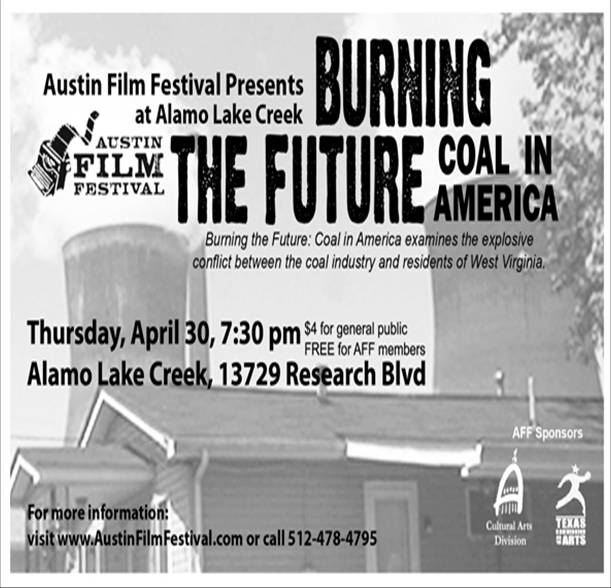
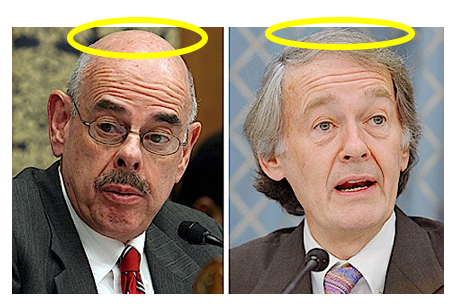 announced an
announced an  Congress is voting on Obama’s much anticipated stimulus package today. If you want this package to include measures to promote renewable energy and a public works project to make public buildings more energy-efficient — and if you read this blog, I bet you do —
Congress is voting on Obama’s much anticipated stimulus package today. If you want this package to include measures to promote renewable energy and a public works project to make public buildings more energy-efficient — and if you read this blog, I bet you do — 